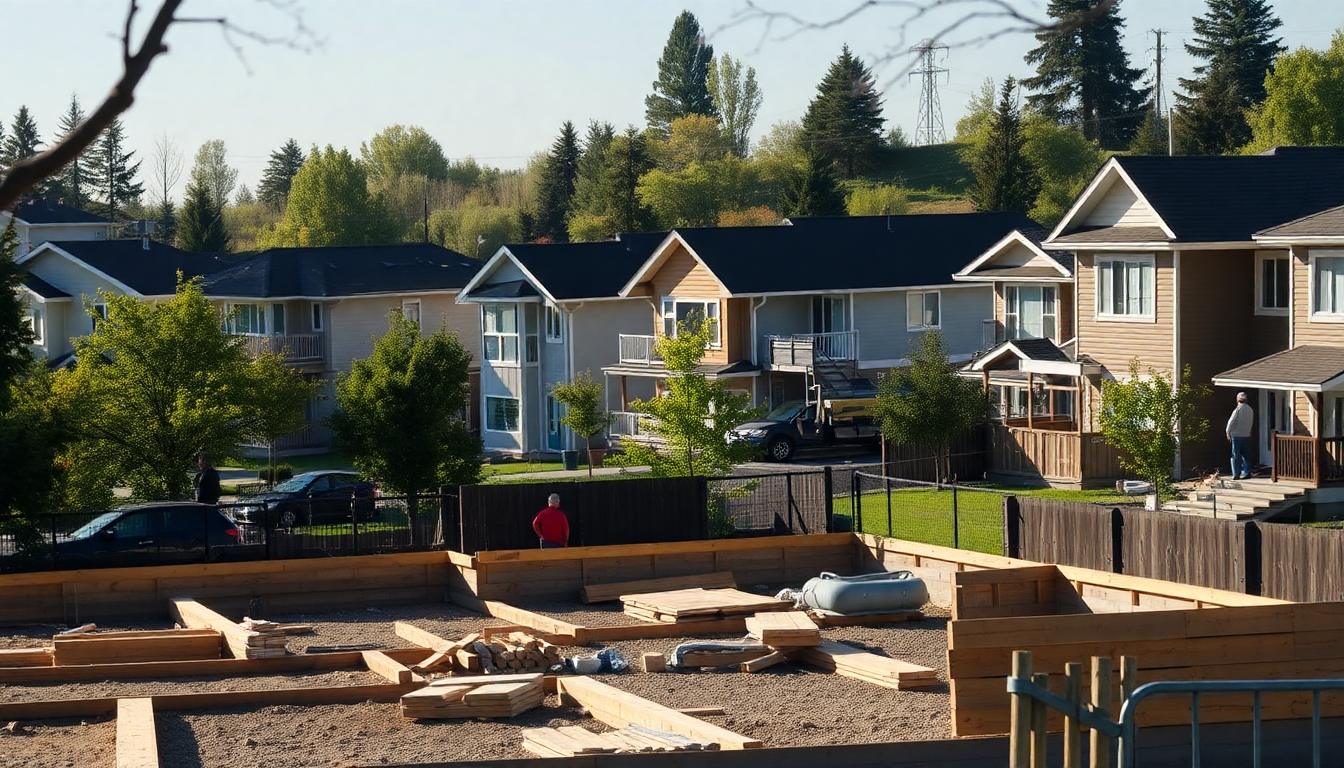Table of Contents
The recent discussions on infill development regulations at the Edmonton City Council have stirred quite the conversation among residents and stakeholders alike. After a closely contested vote, opinions are split on whether the council has genuinely listened to community concerns about urban density and construction rules. With the realities of urban growth impacting daily life, the council’s decisions could reshape building practices and neighborhood dynamics for years to come.
The Landscape of Infill Development
Infill development aims to make the most of existing urban spaces, and it’s become a hot topic in Edmonton’s city planning discussions. The council’s decision to maintain current regulations, which allow a maximum of eight units per infill property, has sparked mixed reactions. Take Chris Davies, for example—a long-time resident of the Crestwood neighborhood—who expressed frustration over the noise and disruptions from ongoing construction. His sentiment echoes a broader concern among residents about the impacts of urban densification.
This recent council vote, although narrowly passed, highlights a significant tension: the pressing need for housing versus the desire for community cohesion. The absence of two councillors during this critical vote raised eyebrows, leading some critics to argue that it undermines the council’s duty to local communities and taxpayers. By choosing to uphold existing regulations, the council seems hesitant to fully address the worries of those feeling overwhelmed by the rapid pace of neighborhood development.
Changes and Challenges Ahead
While the current infill regulations remain intact, the council has introduced new design guidelines aimed at enhancing the quality of infill projects. These changes include increased side setbacks and restrictions on building structures in side yards, all designed to better integrate new developments into established neighborhoods. Mayor Amarjeet Sohi has pledged to enforce these new standards, signaling a shift toward greater accountability for developers.
However, as Sean Sedgwick from the Infill Development in Edmonton Association points out, the new building length requirements may create challenges for builders striving to meet these standards while still turning a profit. It’s going to be crucial to find a balance between the community’s concerns and the practical realities of construction as developers adapt to these evolving regulations.
The ongoing discussions about the maximum number of units allowed on infill lots indicate that the council isn’t done with this topic just yet. With future public consultations set to wrap up by early 2027, residents and developers will have ample opportunity to voice their opinions on the future of infill development in Edmonton.
Looking Ahead: What’s Next for Edmonton’s Infill Development?
The recent council vote marks a pivotal moment in Edmonton’s approach to infill development. As urban growth continues, the challenge of accommodating new residents while maintaining community character will remain at the forefront of local governance. The decisions made today will have lasting impacts, influencing not just the housing market but also the quality of life for both current and future residents.
As the city gears up to revisit these regulations, it’s vital for all stakeholders—residents, city officials, and developers—to engage in meaningful dialogue. Finding common ground will be essential in crafting a sustainable urban landscape that balances growth with the preservation of community values. The future of Edmonton’s neighborhoods depends on these discussions, underscoring the importance of approaching them with an open mind and a collaborative spirit.


